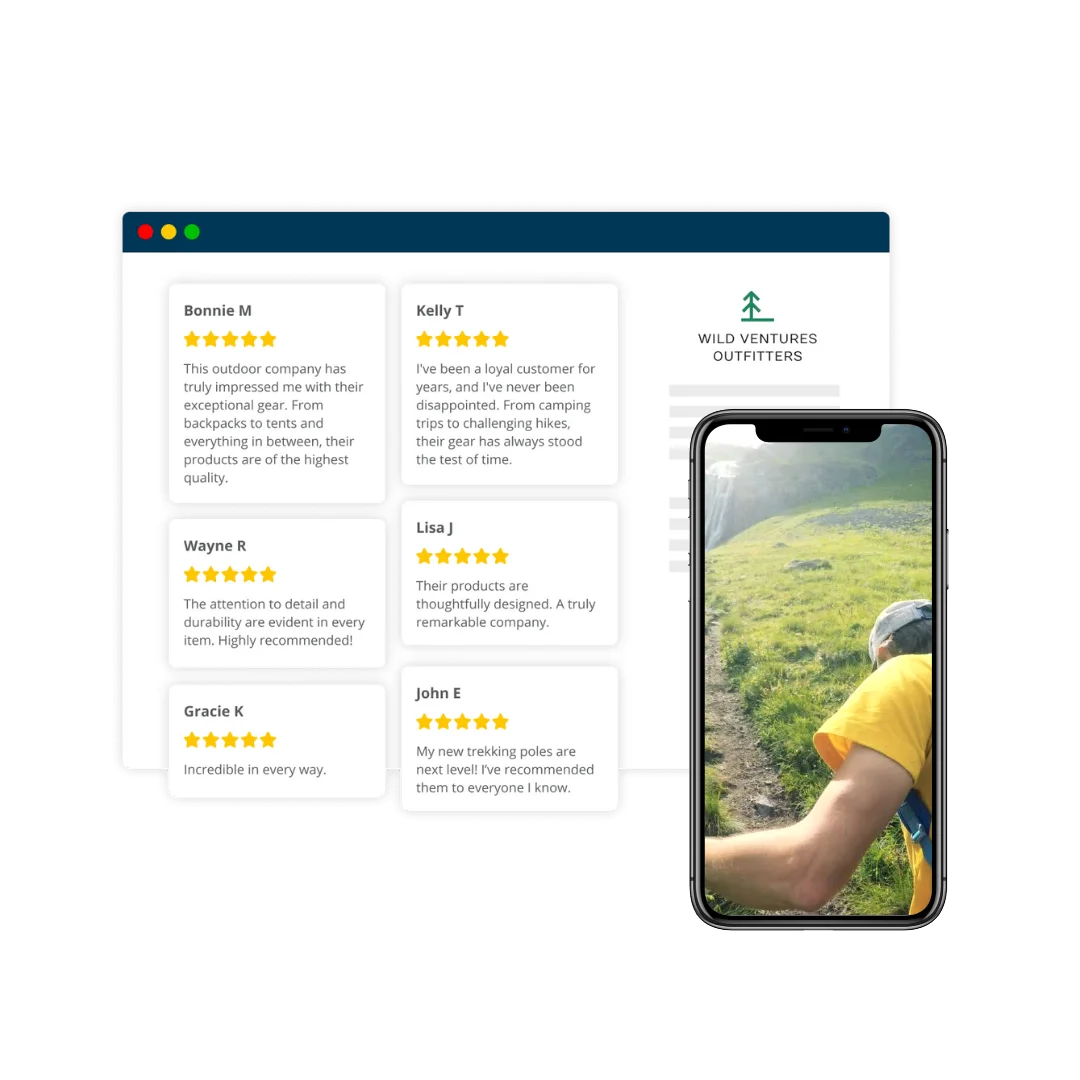When it comes to ecommerce, standing still is moving backward. The most successful ecommerce businesses are those that constantly innovate and disrupt the status quo.
If you’re looking to boost your online store’s growth, you’ve come to the right place.
We’re about to dive into seven disruptive ecommerce growth strategies that are reshaping the ecommerce landscape.
1. Leverage Artificial Intelligence for Personalized Shopping
AI is no longer the stuff of science fiction—it’s a powerful tool that’s revolutionizing ecommerce. By analyzing vast amounts of data, AI can provide hyper-personalized shopping experiences that feel almost magical to customers.
Key applications include:
- Product recommendations based on browsing history and purchase behavior
- Dynamic pricing that adjusts in real-time based on demand and competitor prices
- Chatbots that provide instant, 24/7 customer service
Implementing AI can significantly boost your conversion rates and average order value. For instance, Amazon attributes 35% of its revenue to its recommendation engine.
2. Embrace Augmented Reality for Virtual Try-Ons
One of the biggest hurdles in online shopping is the inability to physically interact with products. Augmented Reality (AR) is changing that. By allowing customers to virtually “try on” products or see how they look in their space, AR is bridging the gap between online and in-store experiences.
Consider these applications:
- Virtual makeup try-ons for beauty brands
- Furniture placement in a customer’s room using their smartphone camera
- Virtual fitting rooms for clothing retailers
IKEA’s AR app, which allows customers to place furniture in their homes virtually, has been a massive hit, driving both engagement and sales.

3. Implement Subscription Models for Recurring Revenue
Subscription-based ecommerce is disrupting traditional retail models by providing a steady stream of recurring revenue. This model not only ensures predictable income but also fosters customer loyalty.
Types of subscription models include:
- Replenishment subscriptions for consumable products
- Curation subscriptions that offer personalized selections
- Access subscriptions that provide member-only perks
Dollar Shave Club’s success story is a testament to the power of this model, growing from a startup to a billion-dollar acquisition in just five years.
4. Harness the Power of Social Commerce
Social media platforms are no longer just marketing channels—they’re becoming full-fledged marketplaces. By integrating shopping features directly into social platforms, brands can create seamless buying experiences where customers discover, evaluate, and purchase products without ever leaving their favorite app.
Key strategies include:
- Shoppable Instagram posts and stories
- Facebook Shops for a full-fledged storefront on the platform
- TikTok’s “Shop Now” buttons for instant purchasing
Glossier, a beauty brand that grew primarily through social media, is a prime example of social commerce success.
5. Optimize for Voice Commerce
As smart speakers and voice assistants become ubiquitous, voice shopping is on the rise. Optimizing your ecommerce store for voice search and enabling voice-based purchases can put you ahead of the curve.
Consider these tactics:
- Optimize product descriptions for natural language queries
- Create voice-specific content like product guides and FAQs
- Implement voice-activated shopping lists and reordering
6. Implement Sustainable and Ethical Practices
Today’s consumers, particularly millennials and Gen Z, are increasingly making purchase decisions based on a brand’s environmental and social impact. Implementing and showcasing sustainable practices can be a powerful differentiator.
Strategies to consider:
- Use eco-friendly packaging and shipping materials
- Offer carbon-neutral shipping options
- Implement a circular economy model with product recycling or buyback programs
Patagonia, with its commitment to sustainability and ethical practices, has built a loyal customer base willing to pay premium prices for its products.
7. Utilize User-Generated Content for Social Proof
In an era of ad fatigue, user-generated content (UGC) stands out as authentic and trustworthy. Leveraging customer photos, videos, and reviews can significantly boost your credibility and conversion rates.
Ways to incorporate UGC:
- Feature customer photos and videos on product pages
- Create shoppable Instagram galleries on your website
- Encourage and incentivize customers to create and share content
GoPro’s entire marketing strategy revolves around user-generated content, showcasing the exciting ways customers use their products.

Implementing These Ecommerce Growth Strategies
While these strategies can be game-changers, it’s important to approach them strategically:
- Start with one or two strategies that align best with your brand and target audience.
- Test and iterate. What works for one brand may not work for another.
- Keep your customer at the center of every decision. These strategies should enhance, not complicate, the shopping experience.
- Stay agile. The ecommerce landscape is constantly evolving, and so should your strategies.
The ecommerce world is ripe for disruption, and these seven strategies offer exciting ways to differentiate your brand and drive growth. From leveraging cutting-edge technology like AI and AR to tapping into consumer trends like sustainability and social commerce, there are numerous opportunities to innovate and excel.
The key to success in ecommerce is not just adopting new technologies or trends, but doing so in a way that genuinely adds value to your customers’ experience. By focusing on creating seamless, personalized, and engaging shopping experiences, you can position your ecommerce business for explosive growth.
